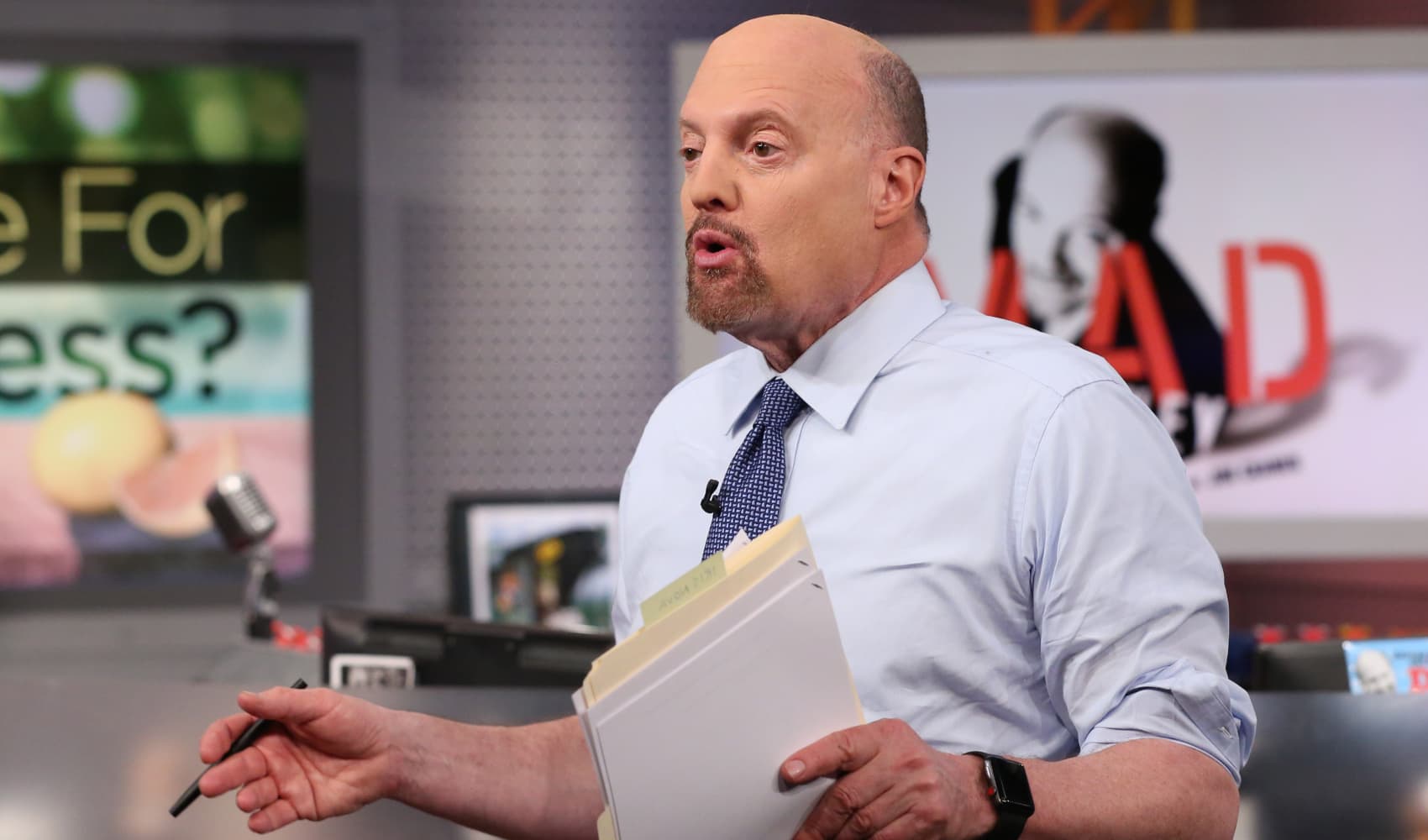
- In early April, the average forward price/earnings ratio of homebuilder stock prices to projected 2022 earnings was only four times earnings, the lowest of any industry in the entire U.S. stock market.
- But rumors of the homebuilding industry's impending weaknesses have been greatly exaggerated. The current battered condition of these stocks is actually an opportunity.
- That's because data indicates that a chronic housing shortage will continue to fuel high demand, despite higher rates.
The double whammy of a declining stock market and rising interest rates has been pummeling homebuilder stocks this year, resulting in rock-bottom valuations.
Those valuations make housing stocks look like the worst home in a bad neighborhood. But in reality, the industry is the cheapest house in an undervalued neighborhood.
In early April, the average forward price/earnings ratio of homebuilder stock prices to projected 2022 earnings was only four times earnings, the lowest of any industry in the entire U.S. stock market. This ratio dipped to 3.5 in mid-May, when the iShares U.S. Home Construction ETF (ITB) was down about 30% year-to-date. Shares of some large builders, like industry leader D.H. Horton, have fallen by nearly 40% this year.
Get Boston local news, weather forecasts, lifestyle and entertainment stories to your inbox. Sign up for NBC Boston’s newsletters.
This decline has been triggered, in part, by investors' assumption that rising mortgage interest rates will hollow out the market by discouraging buyers. Never mind that bidding wars in some brisk local markets are producing sale prices higher than lender appraisals, forcing buyers to come up with additional cash at closing.
This market heat hasn't stopped investors from dumping shares out of fear that rising rates will soon tamp down demand. As a result, many of these stocks have gone from being a bit overpriced to substantially underpriced in just a few months.
Money Report
Yet rumors of the industry's impending weakness have been greatly exaggerated. The battered condition of these stocks is actually an opportunity — reflected by elevated price targets from analysts — because data indicates that a chronic housing shortage will continue to fuel high demand, despite higher rates.
Though mortgage rates are expected to keep rising, they're still quite low and will likely remain that way for at least the next year or two. In the past several months, typical rates on 30-year fixed-rate mortgages have shot up to about 5% from around 3%.
Yet historically, this is by no means high. Since 2011, rates had rarely dipped below 5%, and many buyers shopping for their second or third homes can remember paying 8% to 9% in 2000 or 10% to 11% a decade earlier.
Faced with the alternative of soaring apartment rents — as of April, up an average of more than 25% year over year and expected to continue rising with high inflation — many buyers will undoubtedly still see owning as the best financial option.
Many of those with already-challenged budgets will just buy less expensive homes, so higher rates may suppress demand largely at the lower end. Priced-out low-end buyers may be forced to rent, benefitting builders of multi-family housing.
The current dearth of available homes is likely to continue for as much as a decade. Statistics from the U.S. Census Bureau and Credit Suisse show the depth of this shortage with these readings of key market gauges:
- Historically, the nation has had a running supply of about 1.5 million homes available for purchase. The current inventory of single- and multi-family available homes — about 700,000 — is the lowest in more than 40 years.
- Though homes are now being constructed at a blistering pace, the nation hasn't been building anywhere near enough for the last 17 years. Since home construction peaked in 2005 with more than 2 million housing starts, there has been an average of 500,000 fewer starts per year, resulting in a deficit of about 3 million homes. This shortage has been easing a bit lately, but it could easily take another decade for supply to equal demand.
- Excess building prior to the Great Recession resulted in an oversupply of nearly 2 million homes, but this supply was exhausted by 2014. Subsequent underbuilding caused supply to plummet over the next several years, resulting in a deficit of 3 million homes by 2020. Even with building now increasing apace, the long period of underbuilding will sustain the supply deficit for years to come.
- Exacerbating the shortage has been the age of American housing stock. As of 2019, the median age of a home in this country was 41 years. Now it's 44 — the oldest on record. In evaluating investment opportunities, investors probably should consider smaller-cap companies, though some of the larger names are poised for good returns over the next year or two. Suppliers also stand to benefit from long-term demand.
Here are some companies with good growth prospects and low downside risk, as reflected by fundamentals, price movements, and analysts' projections:
- Meritage Homes (MTH): A builder of single-family homes primarily in the Sunbelt, this small-cap company ($3 billion market cap) was trading for $83 a share in mid-May but has a one-year average analyst target of $122.
- Tri-Pointe Homes (TPH): Another small-cap company ($2 billion), Tri-Pointe builds single-family homes on the West Coast, Texas and the Southeast. Its price target is $30, though in mid-May shares were trading at about $20.
- Lennar (LEN): This large company (market cap, $22 billion) is a single- and multi-family builder that operates nationwide but mostly in the Sunbelt. Trading at $74 in mid-May, Lennar has a target of $115.
- Eagle Materials (EXP): With a market cap of $5 billion, Eagle produces concrete, wallboard and other construction materials. Its price in mid-May was around $125. Price target: $172.
- Quanex (NX): This tiny public company (market cap, $600 million) makes windows and cabinets. At $32, it's price target is a significant leap from its mid-May share price of $20. The company's earnings growth rate is about 12%.
- Masonite International Corp. (DOOR): Over the past six months, this manufacturer of interior and exterior doors (market cap, $1.9 billion) experienced one of the steepest year-to-date selloffs (-27%) of any highly ranked supplier stock. Masonite traded at $85 in mid-May. Price target: $133.
These and various other companies in the industry are poised to grow substantially in the coming months, likely advancing the prices of their stocks. Eventually, the dark clouds of fear will clear, allowing investors to see the light of sustained market demand.
— By David Sheaff Gilreath, certified financial planner, and partner and CIO of Sheaff Brock Investment Advisors and institutional asset manager Innovative Portfolios.






